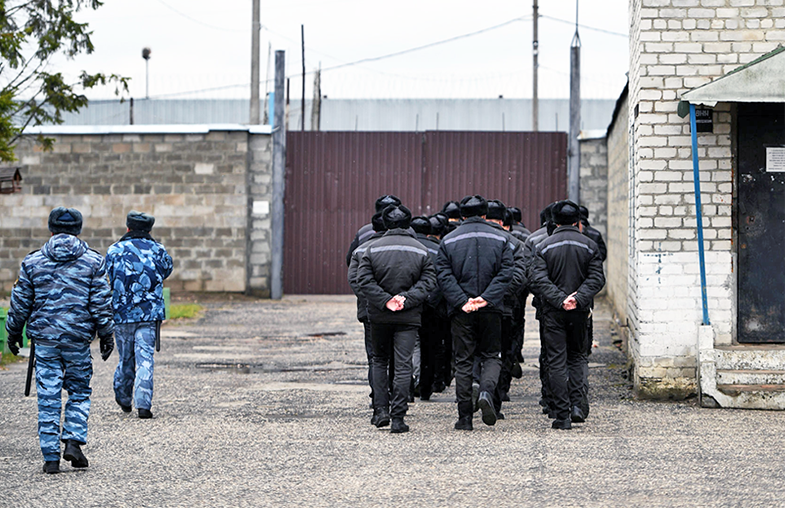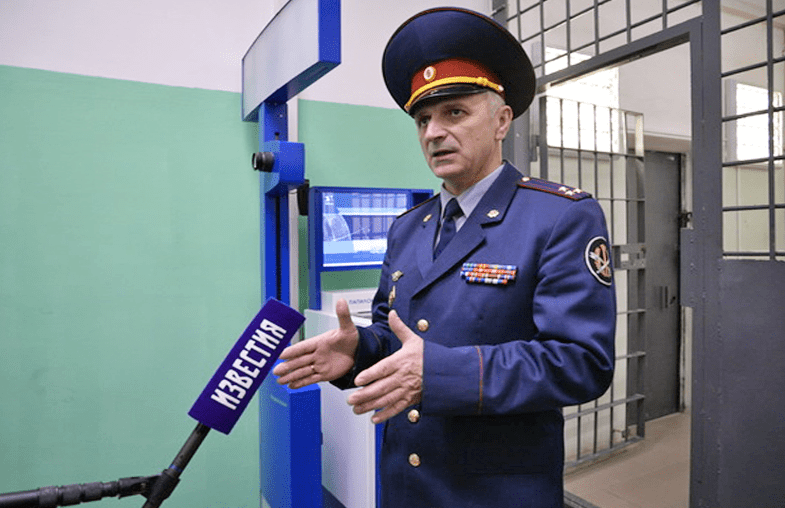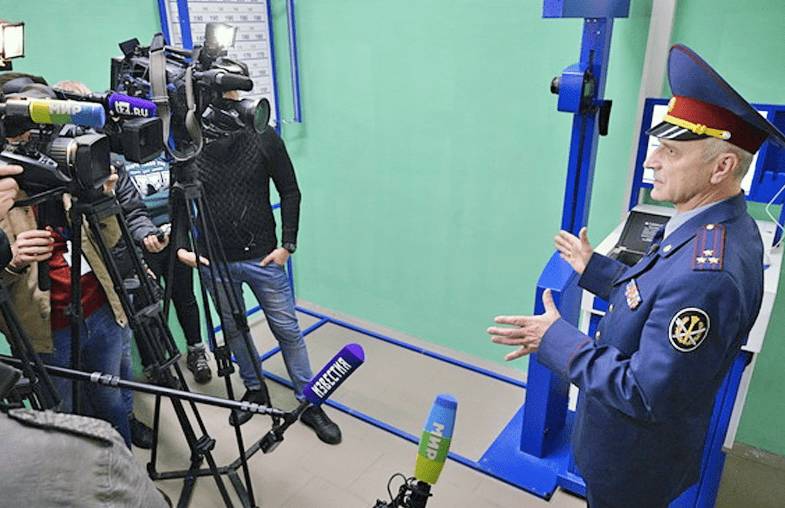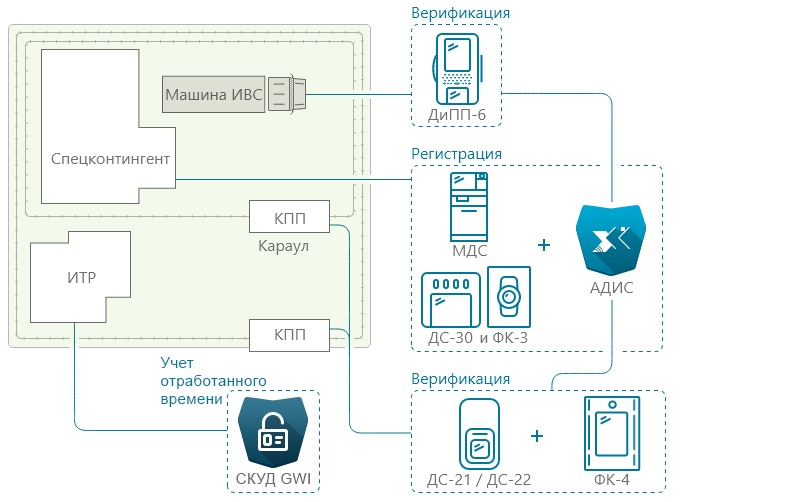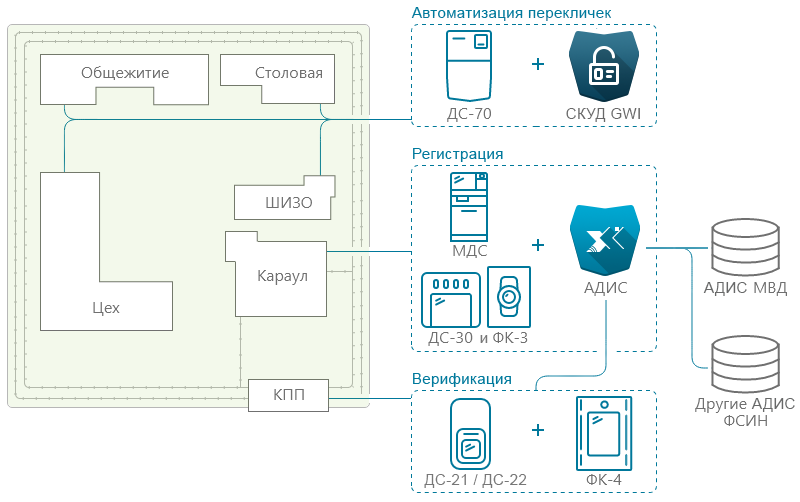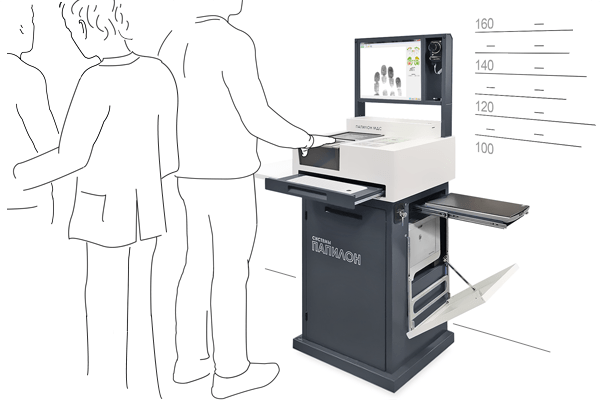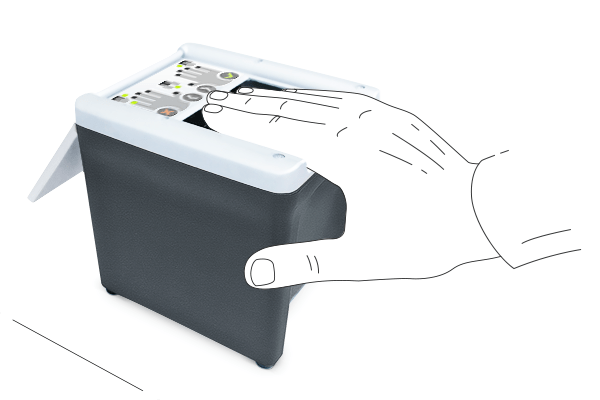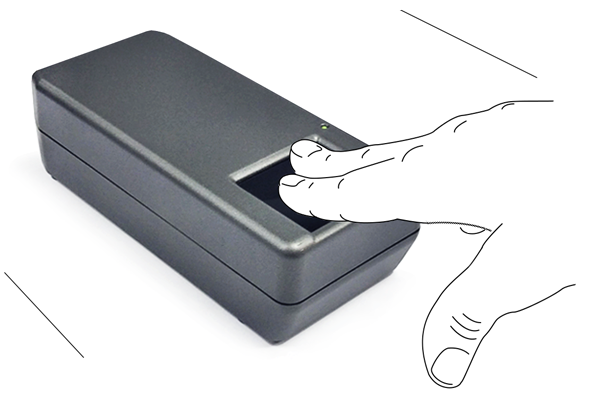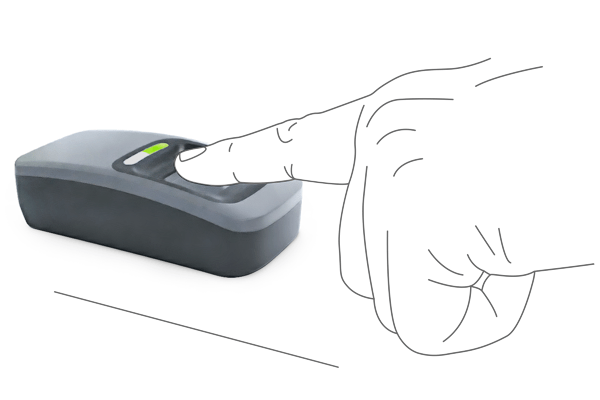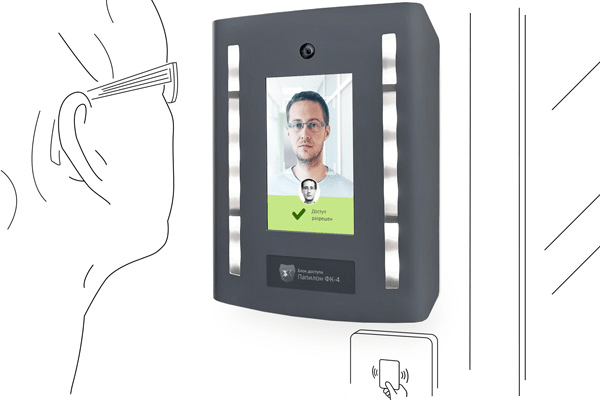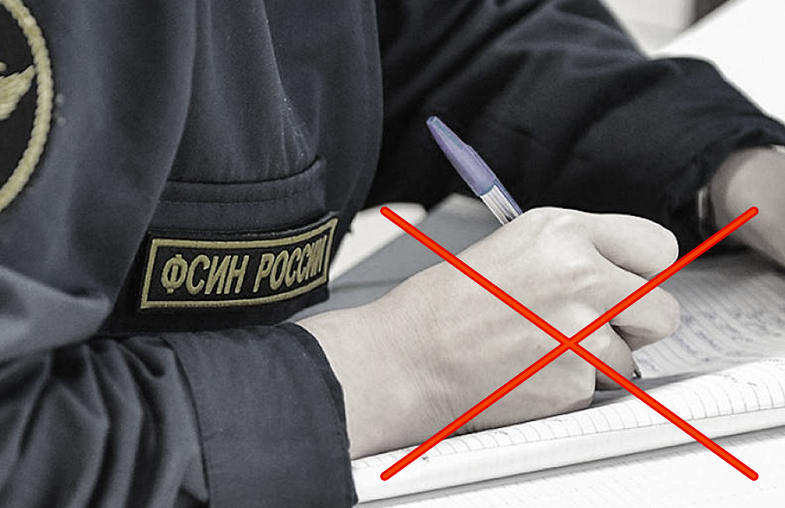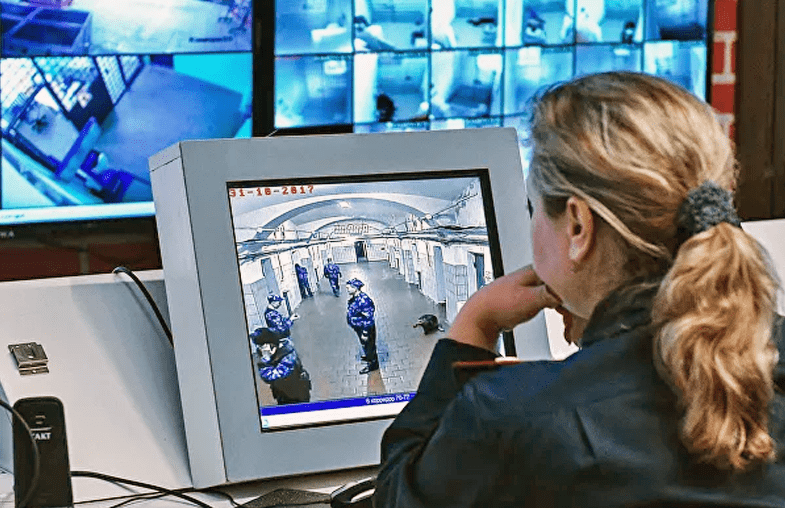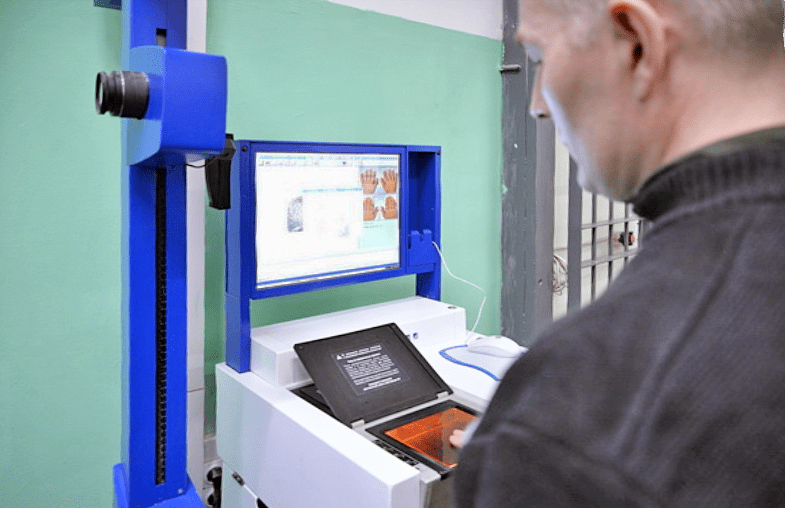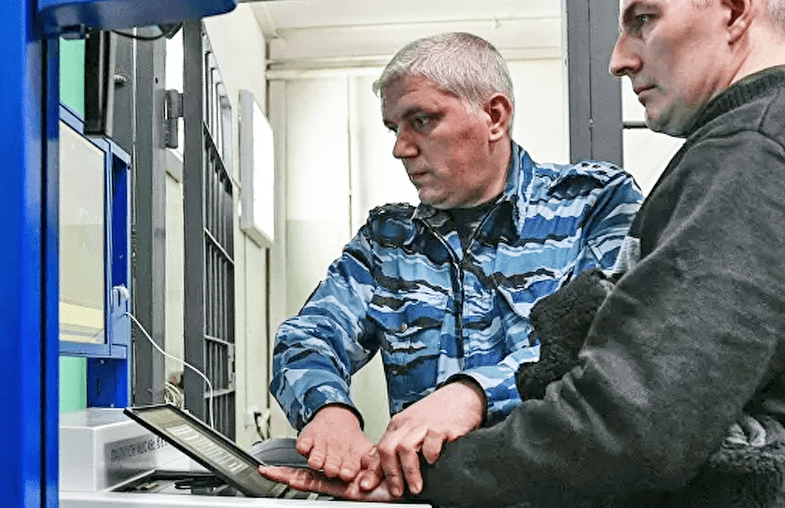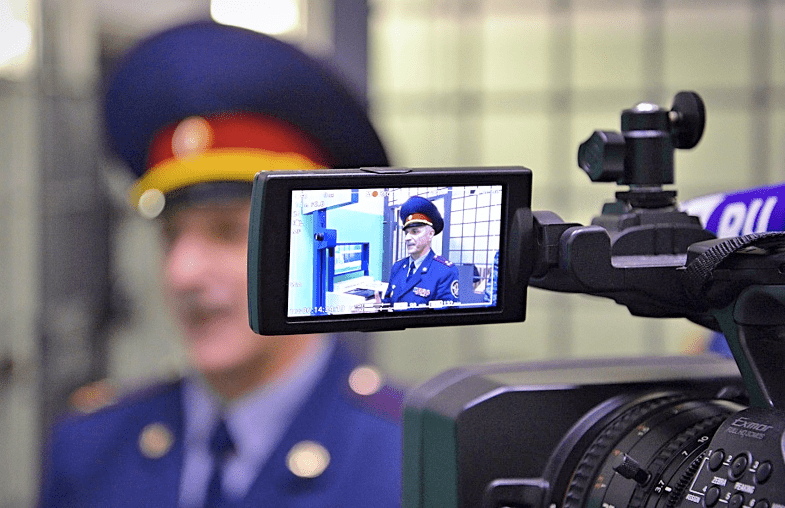Antecedentes y tareas
A principios de los años 2000, hubo una serie de fugas destacadas de prisiones (life.ru, news.ru). Gracias a su parecido físico con familiares o conocidos, algunos presos pudieron intercambiarse durante las visitas de «abogados» o en los traslados para vistas judiciales y escapar. Asimismo, se realizaron sustituciones indebidas de reclusos por aquellos que estaban a punto de ser liberados.
La identificación y verificación biométrica de reclusos y visitantes podría ayudar a eliminar el factor humano. El marco legislativo ya fue establecido en 1998 en la Ley Federal n.º 128 «Sobre el registro dactiloscópico nacional en la Federación de Rusia». La orden interdepartamental n.º 688 «Sobre el procedimiento de formación del conjunto biométrico de información» fue emitida en 2010. Por consiguiente, el Servicio Penitenciario de Rusia inició un proyecto de desarrollo de un sistema de identificación biométrica de reclusos.
Tareas
- Equipar las colonias penitenciarias y prisiones preventivas con software y hardware para realizar el registro dactiloscópico electrónico de funcionarios y convictos de manera obligatoria.
- Crear una base de datos unificada de fichas dactiloscópicas electrónicas de alta calidad.
- Eliminar el factor humano en el proceso de identificación y verificación de reclusos mediante el uso de sistemas biométricos.
- Digitalizar y automatizar el proceso diario de «pasar lista» en las colonias penitenciarias.
Trabajo realizado
Fue creado un sistema modular para el registro biométrico de reclusos, el control de sus movimientos y sustituciones indebidas, así como para la supervisión del personal.
Entre 2014 y 2017, 170 instalaciones del Servicio Penitenciario de Rusia fueron equipadas con el sistema de identificación biométrica diseñado para puntos de control de acceso, departamentos de investigación preliminar, comisarías, comedores, talleres y otras instalaciones protegidas del sistema penitenciario.
Producidos y suministrados:
- Más de 10 estaciones dactiloscópicas multifuncionales MDS-45 para el registro dactiloscópico completo (huellas dactilares, impresiones de control, huellas palmares) de presos y funcionarios en prisiones preventivas.
- Más de 170 escáneres DS-30 para el registro dactiloscópico (huellas dactilares, impresiones de control) de presos y funcionarios en prisiones preventivas y colonias penitenciarias.
- Más de 170 escáneres DS-22 para la identificación por huellas dactilares de visitantes, funcionarios y convictos en los puntos de control de acceso en prisiones preventivas y colonias penitenciarias.
- Más de 120 escáneres DS-21 para vigilar a los convictos durante su traslado de los centros de detención preventiva a lugares donde se llevan a cabo actividades judiciales o de investigación.
- 75 terminales de control de acceso PAPILLON DS-70 para el autocontrol de reclusos, reemplazando el «paso de lista» en colonias penitenciarias, así como en comedores y talleres.
- 2 terminales de control de acceso mediante reconocimiento facial FK-4 para la identificación por imágenes faciales de visitantes, funcionarios y convictos en los puntos de control de acceso en prisiones preventivas.
- 6 terminales móviles DPP-6 para verificaciones rápidas durante el traslado de sospechosos, convictos y reclusos en furgones celulares fuera de las prisiones preventivas (vistas judiciales, actividades de investigación, liberación o traslado a colonias penitenciarias).
- 170 complejos del SAID (AFIS) desplegados en prisiones preventivas y colonias penitenciarias para el registro, almacenamiento e intercambio de perfiles digitales de convictos, acusados y sospechosos.
Plano estructural de la solución
Calcular una solución equivalente
Productos utilizados
/products/adis/
Resultados y efecto
Se cumplieron los requisitos del Estándar nacional de la Federación de Rusia para la identificación biométrica automatizada y los formatos de intercambio de datos biométricos, así como los de la Ley Federal n.º 128 «Sobre el registro dactiloscópico nacional en la Federación de Rusia». Fue formado un conjunto de información dactiloscópica de más de 170 bases de datos del SAID (AFIS) del Servicio Penitenciario Federal de Rusia para identificar funcionarios y convictos. Actualmente, se encuentran almacenadas alrededor de 1,7 millones de fichas dactiloscópicas electrónicas en servidores y aproximadamente 500 miles en archivos.
El factor humano en identificaciones y verificaciones de reclusos fue eliminado en 170 instituciones del Servicio Penitenciario Federal de Rusia mediante el uso de sistemas biométricos:
- Durante el paso de convictos, visitantes o funcionarios por los puntos de control de acceso
- Al trasladar sospechosos, acusados y convictos a prisiones preventivas desde los departamentos de investigación
- En áreas bajo control especializado: talleres, comedores, residencias, locutorios
Fue automatizado un registro electrónico de sospechosos, acusados o convictos al pasar por departamentos de investigación preliminar.
El proceso diario del «paso de lista» en colonias penitenciarias fue digitalizado y automatizado. Se generaron informes sobre el número de sospechosos, acusados y convictos detenidos en prisiones preventivas.
Se implementó un sistema para registrar las horas de trabajo de los funcionarios de colonias penitenciarias y prisiones preventivas. Está disponible la posibilidad de controlar la presencia o los intercambios de funcionarios durante las guardias.
Actualmente, junto con Rostec (Concern Automatika), se está probando el uso del sistema biométrico de control de acceso integrado en el sistema completo de seguridad de la Colonia Penitenciaria n.º 1 del GUFSIN de Vladímir.
La base se ha preparado para:
- La identificación de culpables durante la resolución de delitos cometidos en el territorio de colonias penitenciarias o prisiones preventivas
- La realización de actividades preventivas frente a delitos cometidos por reclusos en el territorio de colonias penitenciarias y prisiones preventivas
- El apoyo a las fuerzas de seguridad en la resolución de delitos cometidos previamente
- La identificación y neutralización de líderes de grupos criminales organizados
- La búsqueda de evasores de instituciones correccionales y reclusos fugitivos
Fue preparada una base tecnológica para establecer canales de comunicación entre el Servicio Penitenciario Federal y el Ministerio del Interior de Rusia, destinada a la transmisión de fichas dactiloscópicas electrónicas, teniendo en cuenta los requisitos de compatibilidad de los conjuntos dactiloscópicos formados con el sistema actual de registro de operaciones e información de los órganos de asuntos internos, según lo establecido en la orden interdepartamental n.º 688 del 27 de septiembre de 2010.
Se preparó una base tecnológica para crear una base unificada de perfiles biométricos digitales de convictos (huellas dactilares y palmares, imágenes faciales, datos de voz), ubicada en AKUS (Sistema Automatizado de Registro de Reclusos) del Servicio Penitenciario Federal.
Ha sido posible equipar las inspecciones penitenciarias con complejos biométricos para el registro dactiloscópico digital y el control automatizado de convictos mediante marcas biométricas durante la libertad condicional.
Calcular una solución equivalente
Publicaciones:
-
- RIA Novosti: Se presentó un nuevo sistema de identificación de reclusos en la prisión de Butyrka
- Servicio Penitenciario Federal: Se presentó un nuevo sistema de prevención de fugas en la Prisión Preventiva n.º 2 del Servicio Penitenciario Federal de Rusia en Moscú
- MIR24: Papillon ayuda a identificar a los reclusos

